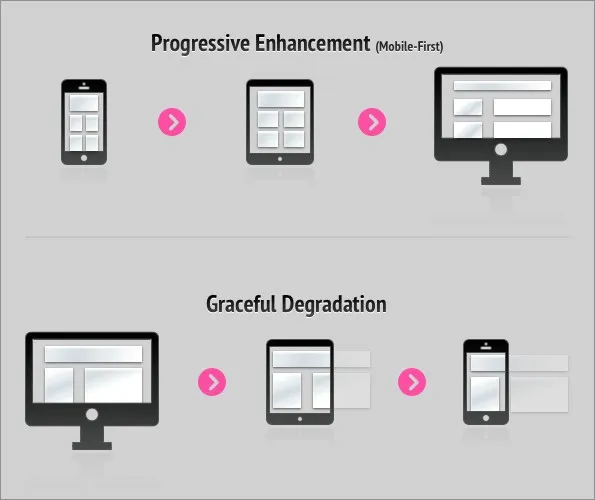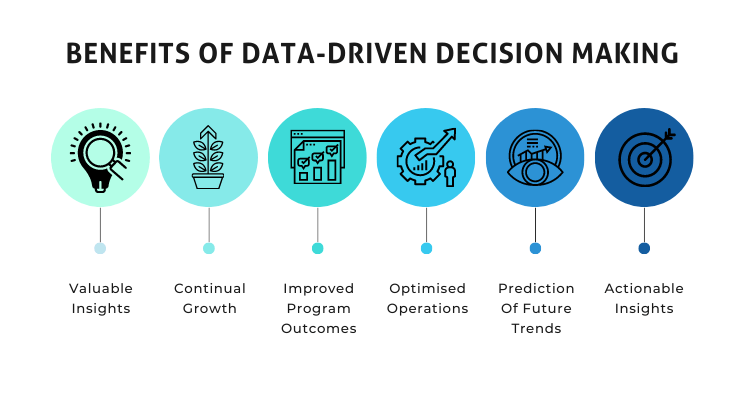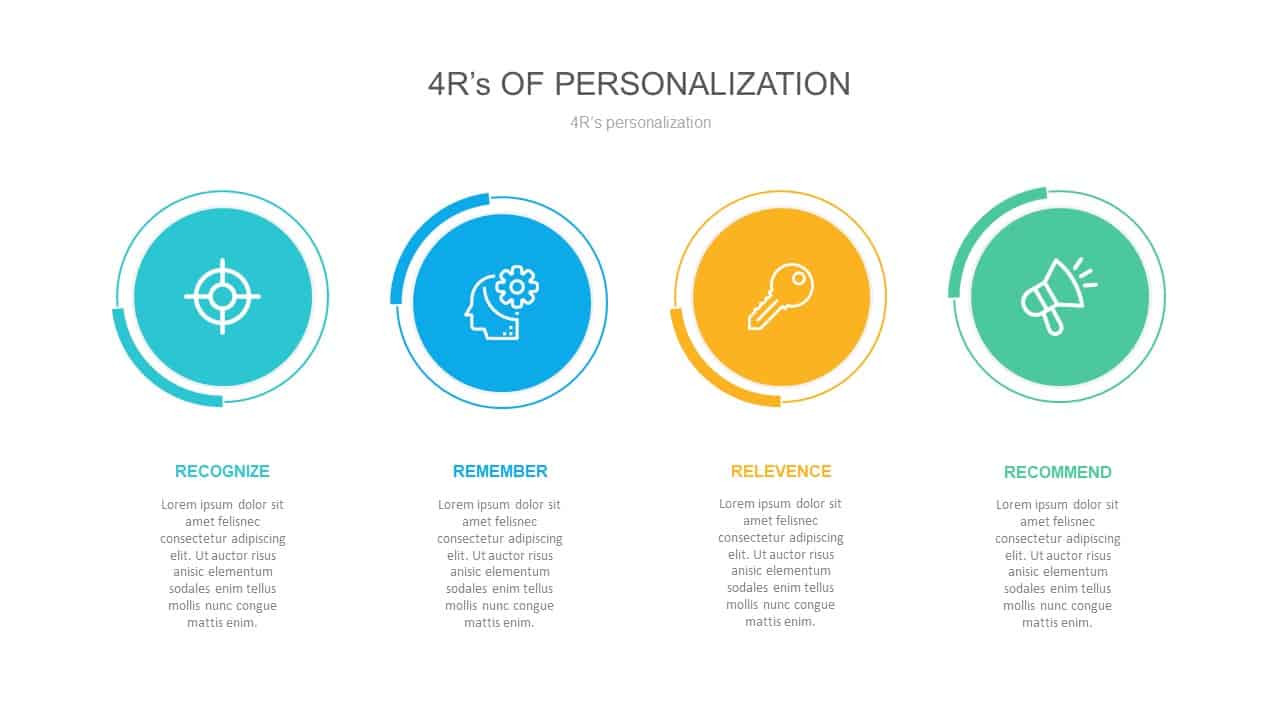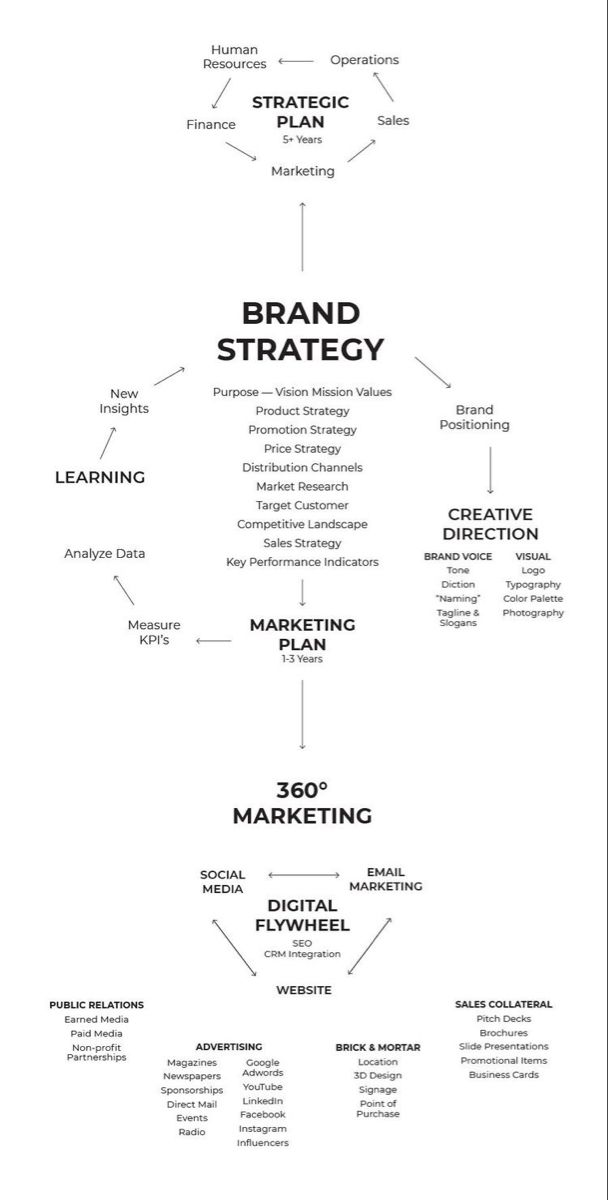In the wake of the pandemic, the business landscape has undergone a profound digital transformation. The pandemic has accelerated the adoption of technology, leading to more streamlined workflows and reduced manual efforts.
While the B2C sector swiftly embraced this digital wave, the B2B industry is still in the process of mastering the art of eCommerce. However, those who've taken the digital plunge have witnessed remarkable growth.
According to a report by McKinsey and Company, B2B enterprises now derive a substantial 18% of their revenue from eCommerce, surpassing traditional methods like phone calls and emails.
Yet, it's essential to recognize that the one-size-fits-all approach popular in B2C eCommerce doesn't apply in the B2B arena. To excel in B2B eCommerce, you need a tailor-made strategy that caters to the unique needs of this industry.
In today's article, we will delve into seven strategies designed to future-proof your B2B eCommerce endeavors in our fast-evolving digital landscape.
7 Strategies to Elevate Your B2B eCommerce Game
Embrace Mobile-Centric Design

The modern consumer is glued to their mobile devices, with mobile phones generating a whopping 59.16% of global website traffic in the last quarter of 2022. These numbers have consistently soared above the 50% mark in recent years. To meet these tech-savvy customers where they are, adopting a mobile-first web design approach is paramount.
Crafting a design that shines on small screens is not just a nod to customer-centricity; it's a strategy to safeguard your presence in the ever-evolving eCommerce landscape. Prioritizing mobile accessibility allows you to tap into a broader audience, especially those new customers who prefer to explore your offerings via their mobile devices.
Attempting to shoehorn a desktop layout into mobile screens can compromise the user experience and require additional resources for redesign. Therefore, it's wise to embark on your web design journey with mobile screens in mind, enabling a seamless transition to desktop views down the road. This proactive approach not only enhances user experience but also positions you for a competitive edge in the B2B eCommerce arena.
Adopt a data-driven approach

To provide your customers with an exceptional eCommerce experience, you must be armed with comprehensive insights into their preferences, desires, and pain points. This is where a meticulously planned data-driven approach comes into play, acting as the bedrock of your B2B company's digital transformation.
While intuition and instinct have their place in business, they alone are no longer sufficient in the fast-paced eCommerce arena. To thrive, you need the solid foundation of accurate data.
By collecting and processing data, you can:
- Gain profound insights to enhance and refine your strategy.
- Establish transparency, enabling efficient progress tracking.
- Boost employee engagement and productivity through data-backed decisions.
- Make informed choices that mitigate risks and save valuable resources.
To embark on this data-driven journey, start by clearly defining your business goals. Identify key performance indicators and establish a routine for their continuous monitoring. Engage all stakeholders in the process, fostering a culture of data-driven decision-making, and implement an efficient analytics system to extract actionable insights from your data reservoir.
Investing in AI and Automation
As your B2B eCommerce business expands, relying solely on manual processes becomes a bottleneck, impeding your ability to meet growing demands. Manual tasks are error-prone, time-consuming, and often counterproductive to the overall growth of your business.
For a seamless digital transformation, it's imperative to harness the versatile advantages of AI technology and automation. These cutting-edge solutions not only eliminate the tedium of repetitive tasks but also empower your workforce to focus their energies on strategic aspects of your business.
Automation contributes to a frictionless user experience through advanced capabilities such as Natural Language Processing (NLP), real-time responses, and the delivery of pertinent and timely updates. AI takes the helm in data mining and ensures error-free processing, culminating in the generation of precise reports. This, in turn, elevates customer satisfaction, amplifies targeted marketing efforts, and infuses newfound efficiency into your sales processes.
When selecting an automation platform, it's crucial to ensure that it aligns with your scalability objectives and seamlessly integrates with your existing system. This synergy between AI and automation is your key to staying ahead in the competitive world of B2B eCommerce.
Focus on personalization and customer experience

To truly shine amid this competition, it's imperative to deliver a highly personalized experience to each customer. Crafting a tailored buyer's journey not only makes customers feel valued but also establishes a deep connection with your brand. The ripple effects of personalization extend to improved sales, stronger customer relationships, and enhanced bottom-line metrics.
Here are some impactful personalization strategies you can implement:
Offer Tailored Pricing: Consider introducing custom pricing options that cater to the unique needs of your customers. This approach ensures that clients receive quotes and rates that align with their specific requirements, enhancing their overall shopping experience.
Segment Your Leads: Divide your customer base into distinct segments based on demographics, purchase history, or behavior. This segmentation allows you to send targeted messages and offers that resonate with each group's preferences, increasing engagement and conversions.
Tailored Catalogs: Provide customers with customized product catalogs that showcase items relevant to their industry, needs, or past purchases. This tailored approach simplifies their decision-making process and fosters a sense of exclusivity.
Personalized Landing Pages: Customize landing pages to align with the interests and preferences of different customer segments. Tailored content and product recommendations increase engagement and encourage visitors to explore further.
Analyze Purchase History: Leverage customer purchase history data to anticipate their needs. Recommend products or services based on their past buying behavior, simplifying their shopping experience and boosting cross-selling opportunities.
Offer Order Templates: Simplify the ordering process by providing templates tailored to specific industries or types of purchases. This convenience enhances efficiency for your customers and encourages repeat business.
Digitize Marketing Collateral: Transition your marketing collateral into digital formats that can be easily accessed and shared. Digital brochures, interactive catalogs, and multimedia presentations not only reduce environmental impact but also provide a more engaging experience for your customers.
Untether your CMS and eCommerce platform
One groundbreaking approach that has gained immense traction is headless commerce. This innovative architecture decouples the front end and back end of your eCommerce platform, providing you with unparalleled flexibility to tailor the consumer experience.
Headless commerce offers several compelling advantages for B2B eCommerce businesses:
Enhanced Customization: By separating the front end from the back end, you gain the freedom to customize every aspect of your customer's journey. This means you can design and adapt user interfaces, features, and content to precisely meet the unique needs of your audience.
Streamlined Updates: Traditional eCommerce platforms often require extensive updates to both the front and back ends, causing delays and disruptions. In contrast, headless eCommerce platforms simplify this process. You can modify the front end independently, enabling you to swiftly respond to changing market dynamics.
Competitive Edge: The agility provided by headless commerce allows you to seize emerging opportunities without incurring exorbitant costs. You can swiftly launch new front-end experiences that align with evolving customer preferences, positioning your business at the forefront of industry trends.
Cost Efficiency: With headless commerce, you no longer face the financial burden of overhauling your entire eCommerce system to implement changes. This cost-effective approach ensures that you can remain agile and adaptable without straining your budget.
Future-Proofing: By adopting headless commerce, you future-proof your B2B eCommerce business. You're well-prepared to embrace emerging technologies, touchpoints, and market shifts, ensuring your continued relevance and success.
Embracing headless commerce is a strategic move that empowers your business to offer a seamless, tailored experience to your customers. It's a leap forward that not only simplifies updates and boosts agility but also sets the stage for your B2B eCommerce venture to thrive in an ever-changing digital landscape.
Build a strong digital presence

A robust digital footprint not only helps you attract new customers but also raises awareness about your products and services. Here are some effective strategies to enhance your visibility in the digital space:
Optimize for Search Engines: Ensure that your website is search engine-friendly. Implement best practices for search engine optimization (SEO) to improve your website's ranking on search engine results pages. This will make it easier for potential customers to find you when they search for relevant products or services.
Craft a Targeted Content Marketing Strategy: Develop a well-defined content marketing strategy that resonates with your target audience. Create valuable, informative, and engaging content that addresses their pain points and provides solutions. This can include blog posts, articles, whitepapers, and more.
Active Social Media Presence: Maintain an active presence on social media platforms relevant to your industry and audience. Share informative content, engage with your followers, and participate in discussions. Social media is a powerful tool for building brand awareness and connecting with potential customers.
Consistent Brand Storytelling: Narrate a clear and consistent brand story across all your digital channels. Your brand story should reflect your values, mission, and the unique value you offer to customers. Consistency in brand messaging helps establish trust and recognition.
Leverage Customer Testimonials: Showcase customer testimonials and reviews on your website and social media profiles. Positive feedback from satisfied customers builds credibility and trust with potential clients. Encourage your customers to share their experiences and insights.
Continuous ROI Measurement: Regularly measure your return on investment (ROI) for digital marketing efforts. Analyze the performance of your campaigns, track key metrics, and use the insights to make data-driven improvements. This iterative approach ensures that your digital presence remains effective and efficient.
By implementing these strategies, you can create a formidable digital presence for your B2B eCommerce business. This not only helps you connect with your target audience but also establishes your brand as a trusted and authoritative player in your industry.
Ensure cybersecurity and data protection
Collecting customer data and using the insights is integral to any B2B eCommerce business. But that also makes this industry vulnerable to cyber threats and breaches. Apart from financial losses, malware attacks can also be huge legal troubles.
So, having reliable cyber security and data protection measures is essential to sustain a successful B2B eCommerce business. Training your employees in data security is also essential. This will help you comply with regulations, secure customer data, and protect sensitive business information.
Here's what you need to do:
Employee Training: Train your employees in data security best practices. Awareness and vigilance among your staff are critical components of your defense against cyber threats. Well-informed employees can help identify and mitigate potential risks.
Data Backup: Implement secure data backup procedures to prevent data loss in case of unexpected incidents. Regularly back up all critical data and ensure that backups are stored securely.
Cybersecurity System: Invest in a comprehensive cybersecurity system that includes firewalls, intrusion detection, and encryption. Regularly update and patch your systems to protect against vulnerabilities.
Emergency Response Plan: Develop a clear and effective emergency response plan for cybersecurity incidents. This plan should outline steps to take in case of a breach, including communication protocols and legal compliance measures.
Ensure all your data is backed up securely. Invest in a solid cyber security system. You should also have an emergency response plan ready if things go south.
In Conclusion:
In today's digital-driven B2B eCommerce landscape, success hinges on your adaptability and strategic approach. To thrive amidst the evolving challenges, keep the following in mind:
- Ensure your website boasts a mobile-friendly design and a captivating digital presence.
- Invest in the right automation tools and robust cybersecurity measures.
- Prioritize personalization at every customer touchpoint.
- Embrace a data-driven decision-making approach.
- Consider integrating AI-powered automation technology to streamline your operations.
By embracing these principles, your B2B eCommerce venture can not only survive but also thrive in this dynamic digital world.



